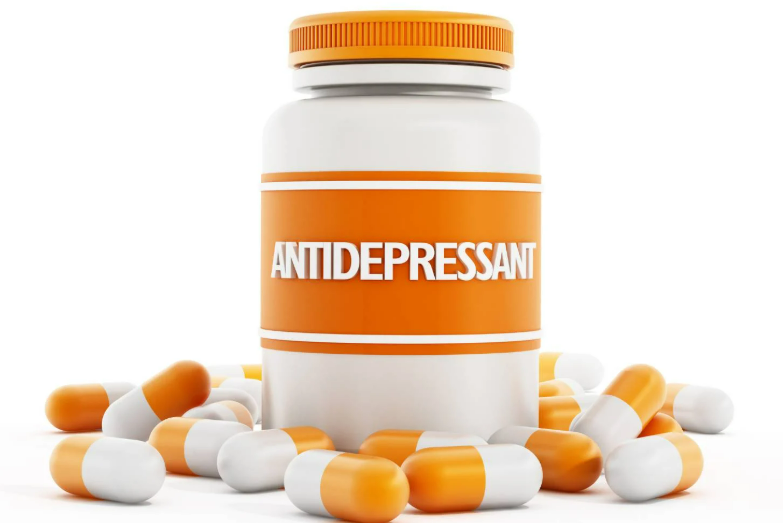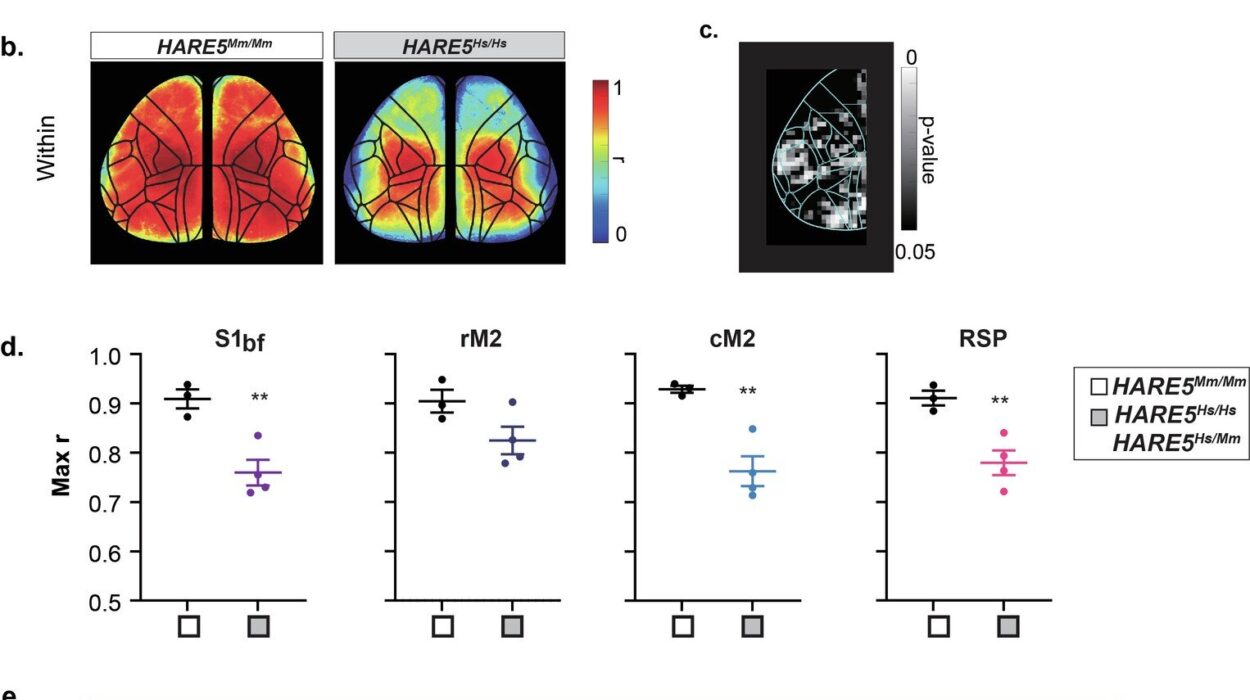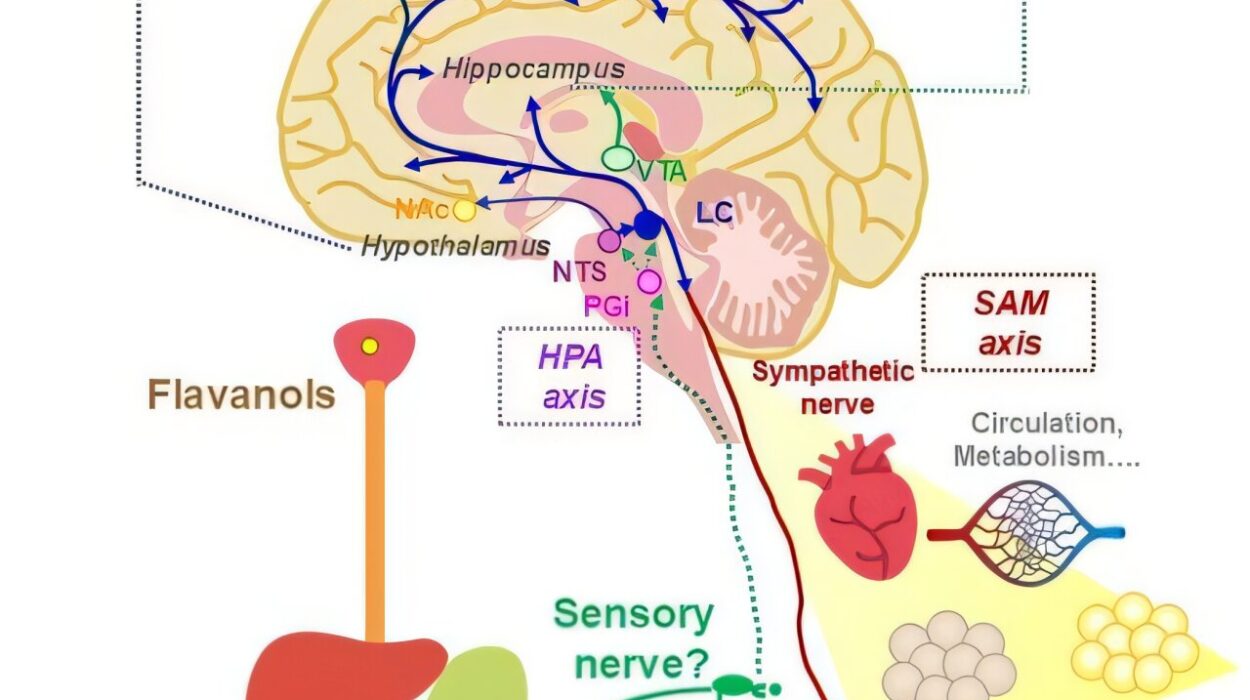Every day, millions of people around the world wake up with a heaviness they cannot explain. It’s more than just sadness or a bad day—it’s a persistent fog, a deep ache, an unshakable fatigue that colors every moment. This is the reality of depression, a complex and deeply misunderstood mental health condition. And for many battling this invisible enemy, antidepressants have become a vital lifeline.
Antidepressants are among the most commonly prescribed medications in the world. Their purpose is deceptively simple: to relieve the symptoms of depression and related mental health disorders. But behind this simple goal lies a world of intricate brain chemistry, controversial theories, miraculous recoveries, and ongoing debates.
In this article, we’ll embark on a journey through the fascinating world of antidepressants. What exactly are these medications? How do they work in the brain? Are they truly effective? And perhaps most importantly, how do they help people reclaim their lives from the grip of depression?
Understanding Depression: More Than Just a Bad Day
To understand antidepressants, we first need to understand the beast they are designed to fight. Depression isn’t just about feeling down or crying in your room. It’s a multifaceted disorder that affects the mind, body, and spirit. It can rob people of pleasure, motivation, concentration, appetite, sleep, and sometimes the will to live.
Depression has many faces: major depressive disorder, persistent depressive disorder (dysthymia), bipolar depression, seasonal affective disorder, postpartum depression, and more. Each presents differently, with varying degrees of severity, duration, and impact.
Scientists believe that depression arises from a combination of genetic, biological, psychological, and environmental factors. One of the most enduring theories is the chemical imbalance theory, which suggests that depression may be caused by a lack of certain neurotransmitters—chemical messengers in the brain.
This is where antidepressants enter the picture. They aim to adjust those chemical imbalances, particularly involving neurotransmitters like serotonin, norepinephrine, and dopamine, which are linked to mood regulation and emotional processing.
A Brief History of Antidepressants: From Serendipity to Science
The development of antidepressants is a tale full of unexpected discoveries and medical milestones. In the mid-20th century, doctors stumbled upon the antidepressant effects of certain tuberculosis and antihistamine drugs. These medications unexpectedly lifted patients’ moods, leading researchers to investigate their effects on the brain.
The first widely recognized antidepressant, iproniazid, emerged in the 1950s. It was originally developed as a treatment for tuberculosis, but clinicians noticed that it dramatically improved mood and energy in some patients. Iproniazid turned out to inhibit an enzyme called monoamine oxidase, which breaks down neurotransmitters like serotonin and norepinephrine. This discovery led to the creation of monoamine oxidase inhibitors (MAOIs), the first class of antidepressants.
Shortly after, tricyclic antidepressants (TCAs) were discovered, offering an alternative with fewer dietary restrictions than MAOIs. These drugs, like imipramine and amitriptyline, worked by preventing the reuptake of serotonin and norepinephrine, increasing their levels in the brain.
Then, in 1987, the pharmaceutical landscape changed dramatically with the approval of Prozac (fluoxetine), the first selective serotonin reuptake inhibitor (SSRI). SSRIs targeted serotonin more specifically and were touted as safer, better-tolerated, and less toxic in overdose than their predecessors. With Prozac came a new era of antidepressant use and public awareness of mental health.
Types of Antidepressants: A Diverse Toolbox
Modern antidepressants come in various classes, each with its own mechanisms, benefits, and side effects. Though they all aim to relieve depressive symptoms, they differ in how they interact with neurotransmitters.
SSRIs (Selective Serotonin Reuptake Inhibitors) are the most commonly prescribed class. Drugs like fluoxetine (Prozac), sertraline (Zoloft), and escitalopram (Lexapro) work by blocking the reabsorption of serotonin, making more of it available in the brain.
SNRIs (Serotonin-Norepinephrine Reuptake Inhibitors) like venlafaxine (Effexor) and duloxetine (Cymbalta) act on both serotonin and norepinephrine, offering a dual approach to symptom relief.
NDRIs (Norepinephrine-Dopamine Reuptake Inhibitors), such as bupropion (Wellbutrin), are unique in targeting dopamine and norepinephrine. This makes them particularly useful for patients experiencing fatigue and lack of motivation.
MAOIs (Monoamine Oxidase Inhibitors) like phenelzine (Nardil) are older and less commonly used due to dietary restrictions and potential interactions but can be life-changing for some treatment-resistant patients.
Tricyclic Antidepressants (TCAs), including amitriptyline and nortriptyline, are effective but often associated with more side effects due to their less targeted action.
Atypical antidepressants, like mirtazapine or vortioxetine, don’t fit neatly into the above categories but offer additional options, particularly when others have failed.
How Antidepressants Work: Rewiring the Brain’s Chemistry
The brain is a bustling metropolis of communication. Neurons—nerve cells—send messages via neurotransmitters like serotonin, norepinephrine, and dopamine. These chemicals influence everything from mood and emotion to sleep and appetite.
When a neurotransmitter is released into the synapse (the gap between neurons), it binds to receptors on the next neuron, sending its signal. The original neuron then reabsorbs any excess neurotransmitter—a process called reuptake.
Antidepressants intervene in this process. For instance, SSRIs block the reuptake of serotonin, allowing it to remain in the synapse longer and continue sending signals. SNRIs do the same with both serotonin and norepinephrine. The theory is that prolonged availability of these neurotransmitters improves mood and emotional regulation over time.
However, the benefits of antidepressants typically aren’t immediate. It often takes 2 to 6 weeks for people to notice a significant improvement. This delay is believed to be due to the time it takes for the brain to adapt to higher neurotransmitter levels, possibly through changes in receptor sensitivity, gene expression, or neural connectivity.
The Effectiveness of Antidepressants: What the Research Says
Do antidepressants really work? The short answer is yes—but the full answer is more nuanced.
Clinical trials and meta-analyses have shown that antidepressants are effective, particularly for moderate to severe depression. For mild depression, the benefit over placebo tends to be smaller. This has led to some debate about overprescription, especially when alternative therapies like psychotherapy might be more appropriate.
That said, for individuals battling deep, life-disrupting depression, antidepressants can be lifesaving. They can lift the fog, restore hope, and provide the emotional energy necessary to engage in therapy or lifestyle changes. Some people experience dramatic improvements, while others may find only partial relief. Individual response varies widely, often requiring a period of trial and error to find the right medication and dose.
Combination treatment—using antidepressants alongside cognitive-behavioral therapy (CBT) or other psychotherapies—tends to be the most effective approach. Medications alleviate symptoms, while therapy addresses underlying thought patterns, traumas, and coping skills.
Side Effects and Challenges: The Cost of Relief
No medication is without side effects, and antidepressants are no exception. While many people tolerate them well, others experience unpleasant effects that can interfere with daily life.
Common side effects include nausea, weight gain, fatigue, insomnia, dry mouth, dizziness, and sexual dysfunction. In some cases, these diminish over time. In others, they persist and require switching medications.
A particularly controversial issue is emotional blunting—a numbing of emotions that some users report. While this can be a relief from overwhelming sadness, it may also dull joy and enthusiasm.
Withdrawal or discontinuation symptoms can occur if antidepressants are stopped abruptly, especially SSRIs and SNRIs. These can include flu-like symptoms, mood swings, sleep disturbances, and even suicidal thoughts. That’s why it’s essential to taper off these medications under medical supervision.
And while rare, some individuals—especially younger patients—may experience an increase in suicidal thoughts when starting antidepressants. This has led regulatory agencies to issue warnings and encourage close monitoring, particularly in the first few weeks of treatment.
Antidepressants and the Brain: More Than Just Chemistry
One of the emerging insights in neuroscience is that antidepressants may do more than just adjust chemical levels. They might also influence neuroplasticity—the brain’s ability to change and adapt. Some studies suggest that antidepressants help promote the growth of new neurons in the hippocampus, a brain region involved in memory and emotion that often shrinks in people with depression.
In this view, antidepressants might help the brain rewire itself, improving emotional regulation and resilience. This perspective aligns with the idea that depression isn’t just a chemical imbalance but a disruption in neural circuits. Restoring balance, then, means fostering healthier connections and patterns of activity.
The Cultural Conversation: Stigma, Overuse, and Misinformation
Antidepressants sit at the intersection of medicine, culture, and public opinion. On one hand, they have helped countless people reclaim their lives. On the other, they’ve been criticized for being overprescribed, poorly understood, and sometimes used as a substitute for deeper healing.
The stigma surrounding mental illness often extends to its treatment. People may feel ashamed for taking antidepressants or worry about being judged. Others may fear becoming “dependent,” even though antidepressants are not addictive in the traditional sense.
There’s also a growing concern about medicalizing sadness—treating normal emotional responses to life’s challenges as pathological. Critics argue that society needs to address root causes like trauma, loneliness, and economic inequality, rather than leaning too heavily on pharmaceuticals.
At the same time, minimizing or dismissing antidepressants can be harmful. For people with severe depression, these medications are not a crutch but a critical piece of the recovery puzzle.
New Frontiers: The Future of Antidepressant Treatment
The world of antidepressant research is evolving rapidly. Scientists are exploring novel approaches that go beyond traditional neurotransmitter targets.
Ketamine, a dissociative anesthetic, has shown rapid antidepressant effects, especially in treatment-resistant depression. Unlike SSRIs, ketamine works on the glutamate system and can provide relief within hours. Its cousin, esketamine, is now FDA-approved as a nasal spray for severe depression.
Psychedelic-assisted therapy is another frontier. Compounds like psilocybin (found in magic mushrooms) are being studied for their potential to catalyze deep emotional breakthroughs and long-term mood improvements when used in controlled, therapeutic settings.
Other innovations include anti-inflammatory agents, microbiome-based treatments, and gene-guided prescriptions—offering a more personalized and holistic approach to mental health care.
Antidepressants in Context: A Piece of the Puzzle
It’s tempting to think of antidepressants as either miracle cures or dangerous placebos. In truth, they are neither. They are tools—powerful ones—that can help people regain control of their mental health.
But medication alone is rarely the whole answer. Healing from depression often requires a multi-pronged approach: therapy, social support, lifestyle changes, self-reflection, and sometimes, spiritual growth. Antidepressants can provide the lift needed to pursue those other avenues.
Mental health is deeply personal, and what works for one person may not work for another. That’s why compassion, patience, and individualized care are so important. With the right support, people can and do recover from even the deepest depressions.
Conclusion: Hope in the Dark
Depression can be one of the most isolating and debilitating experiences a person can face. It dims the world, steals joy, and convinces its victims that there’s no escape. But antidepressants, despite their limitations, offer a beacon of hope.
They remind us that our suffering has a name, a cause, and—most importantly—a path forward. Through science, compassion, and the courage to seek help, millions have found light in the darkness.
Whether as a bridge to therapy, a long-term solution, or part of a broader healing journey, antidepressants have changed lives. They may not be magic pills, but for many, they are the first step toward rediscovering joy, meaning, and connection.
In a world where mental health challenges are increasingly recognized and understood, antidepressants stand as a testament to the progress we’ve made—and the hope that lies ahead.






